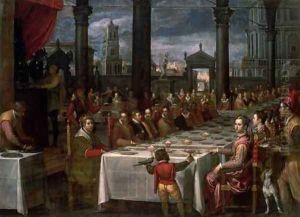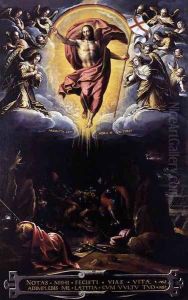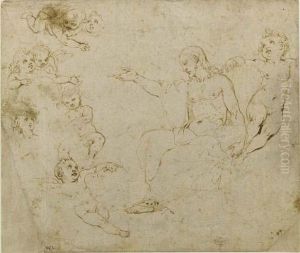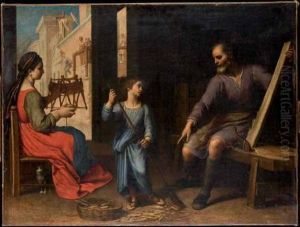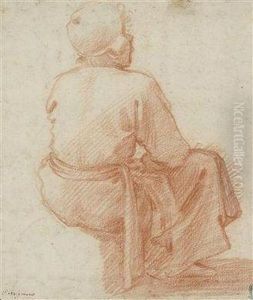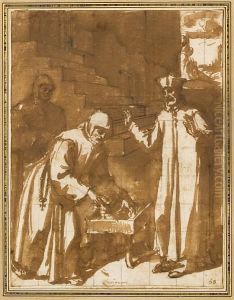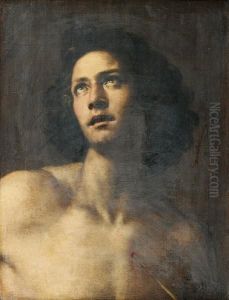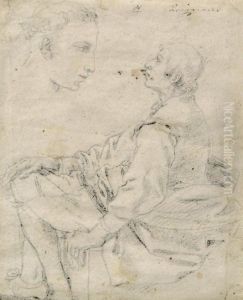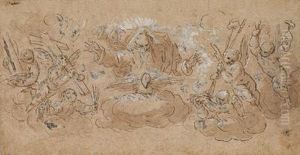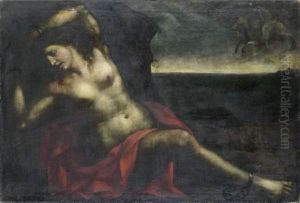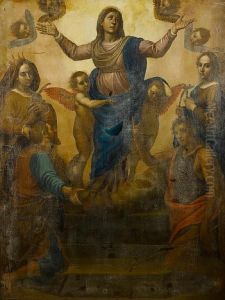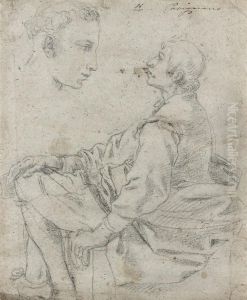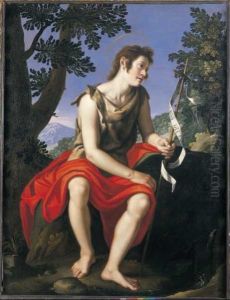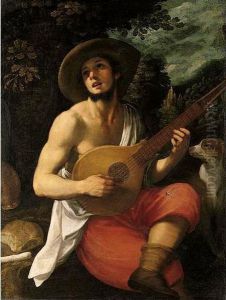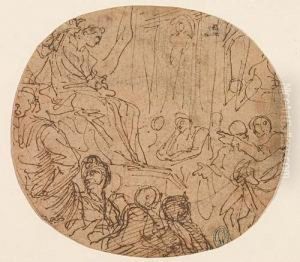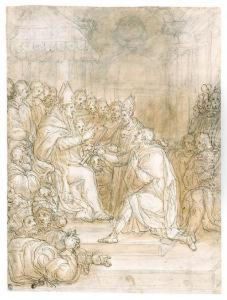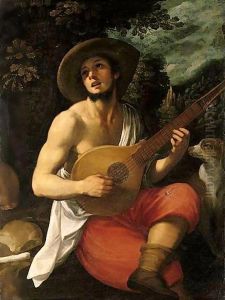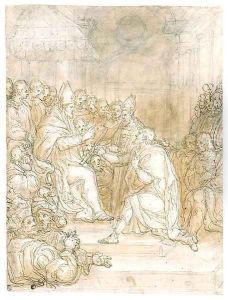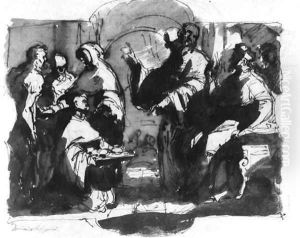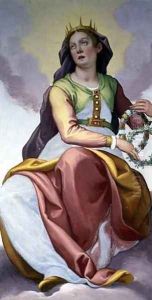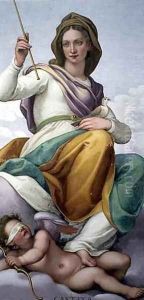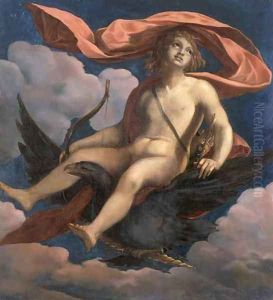Domenico Cresti (see Passignano) Paintings
Domenico Cresti, more commonly known by his nickname Passignano, was an Italian painter of the late Renaissance period, active mainly in Florence, but also in Rome and Venice. Born in 1559 in Passignano sul Trasimeno, a small town in the province of Perugia, Cresti gained his nickname from the place of his birth. He was initially trained by his father, who was a minor artist, before moving on to study under the guidance of more prominent figures of the time.
Passignano's early training included time spent with the Mannerist painters Giovanni Antonio Lappoli and Giorgio Vasari. He later moved to Rome, where he was influenced by the works of artists such as Federico Barocci. Passignano was known for his frescoes and altarpieces, which often depicted religious scenes and were characterized by their vivid colors and dynamic compositions, blending Mannerist elegance with the emerging Baroque style.
After his time in Rome, Passignano went to Venice, where the colorism of Titian and other Venetian painters further influenced his style. On returning to Tuscany, he became a prominent artist in Florence, where one of his most notable works, the fresco of the 'Resurrection of Christ' was painted for the cloister of Santa Maria Novella. His works in Florence were appreciated for their narrative clarity and emotional expressiveness, qualities that were becoming increasingly valued with the advent of the Baroque period.
Throughout his career, Passignano enjoyed patronage from the Medici family, which was crucial for artists working in Florence at the time. His work reflects the transition from the late Renaissance to the early Baroque, and he played a role in introducing Baroque elements to Florentine art. Despite facing competition from other prominent artists of his time, Passignano maintained a successful career.
Passignano's legacy includes not only his paintings but also his influence on other artists. He was a teacher to several important painters of the next generation, including Matteo Rosselli and Francesco Furini. He died in 1638, leaving behind a body of work that contributes to our understanding of the stylistic transitions in Italian art during the late 16th and early 17th centuries.
